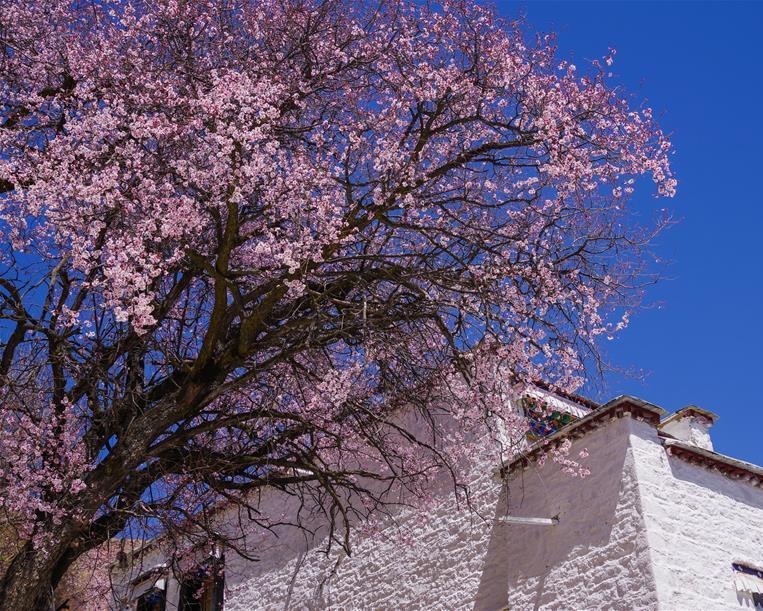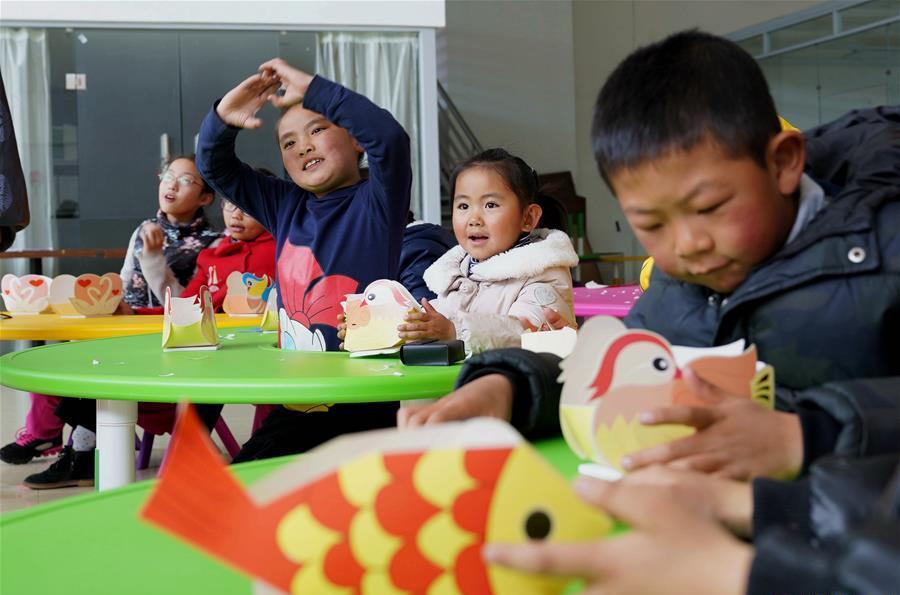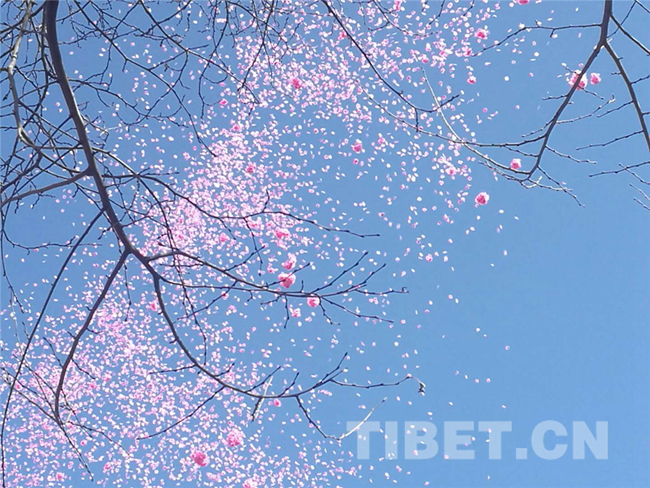Introduction to Tibetan tea
As the saying goes, "It is better to not have meat for three days than to not have tea for one." Tibetan tea is a typical kind of Chinese tea. After centuries of historical accretion, Tibetan tea has formed its own unique flavor and cultural charm.
The Tibetan tea mainly produced in Ya'an in southwest China's Sichuan Province belongs to the most typical of black teas and is picked at an altitude of 1,000 meters above sea level. This tea promotes the peristalsis of the drinker and can also absorb oil. For Tibetans in nomadic areas whose diet predominantly consists of high-fat foods, this kind of tea can supplement the dietary fiber in their diets, helping to break down and digest the oils.
Many people may not be used to the taste of butter tea the first time they drink it, but for Tibetans, the delicious taste of butter tea is irreplaceable. The color of butter tea is similar to cocoa tea, and it is thick and has a special, milky aftertaste. Butter tea is not only delicious to drink; it has many benefits, such as easing the effects of altitude sickness, preventing dry or cracked lips, and helping one keep warm.
Children in Tibet and Tibetan-inhabited areas develop habits relating to tea since the time they are young. For example, brewed tea must first be offered to parents and elders. When serving tea to guests, it is necessary to hold the cup with both hands. When pouring tea for others, the hand not pouring tea must keep palm up. If there come guests to a home, then the host must brew tea to offer them.
In a custom from Tibetan nomadic areas, leftover tea is not thrown away. The Tibetan people believe that tea can give strength to animals, so the tea leaves are added to fodder for feeding cattle and horses. Before the spring ploughing season, farmers will mix tea leaves, tsampa, and butter to feed cattle, believing it will give them even more strength.
Editor: Tommy tan.
Your Comment
Name E-mailRelated News
-
-
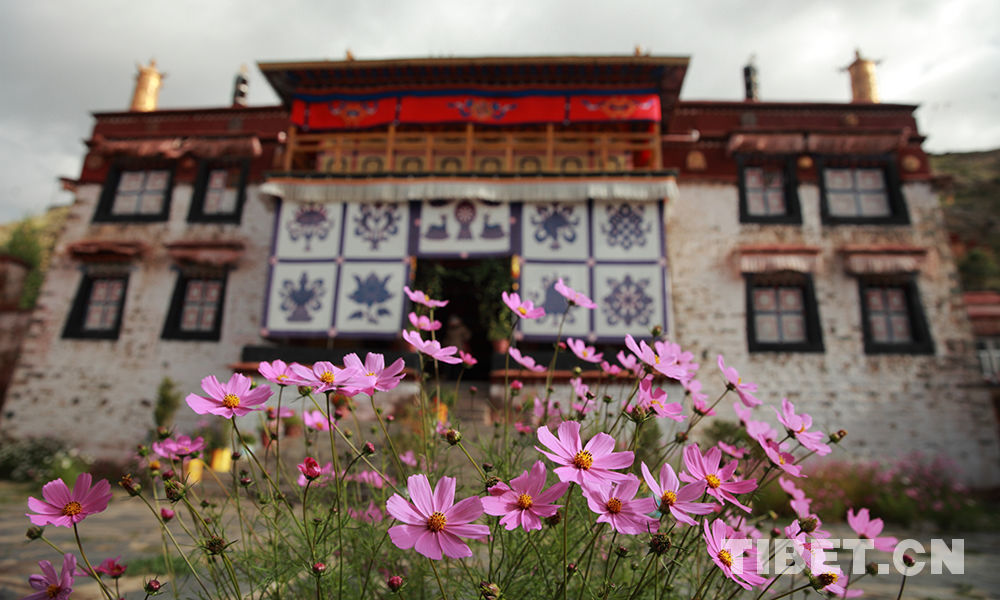
-
Tibetan tea customs
Better to go three days without grain than one day without tea.
-
-
-
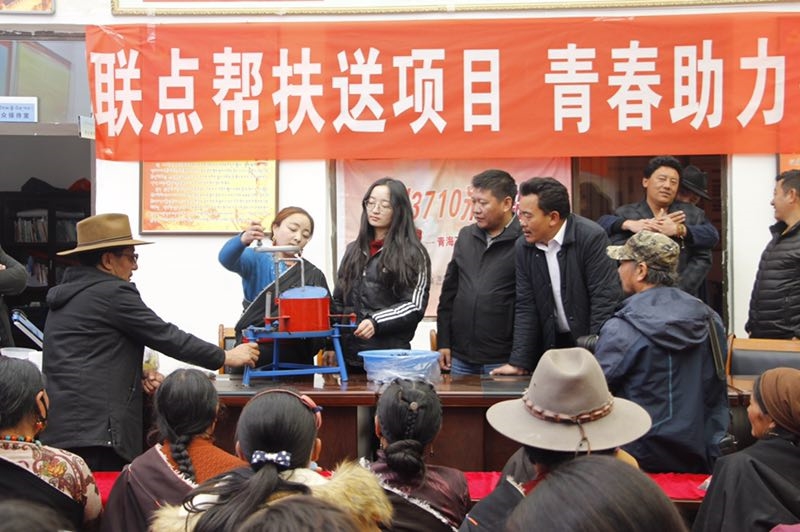
-
Tibetan tea helps women overcome poverty
About 160 Tibetan women from Xia Laxiu Township of Yushu City in northwest China's Qinghai Province learned a new skill: making handmade Tibetan tea.
-
-
-
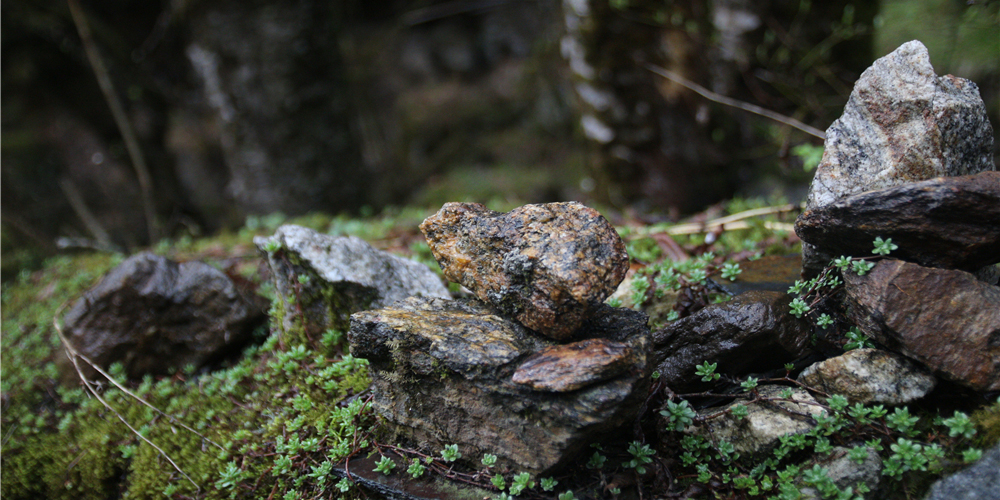
-
Qinghai Tibetan medicine research institute established
Qinghai Nationalities University recently established the Qinghai Province Tibetan Medicine Research Institute
-
-
-
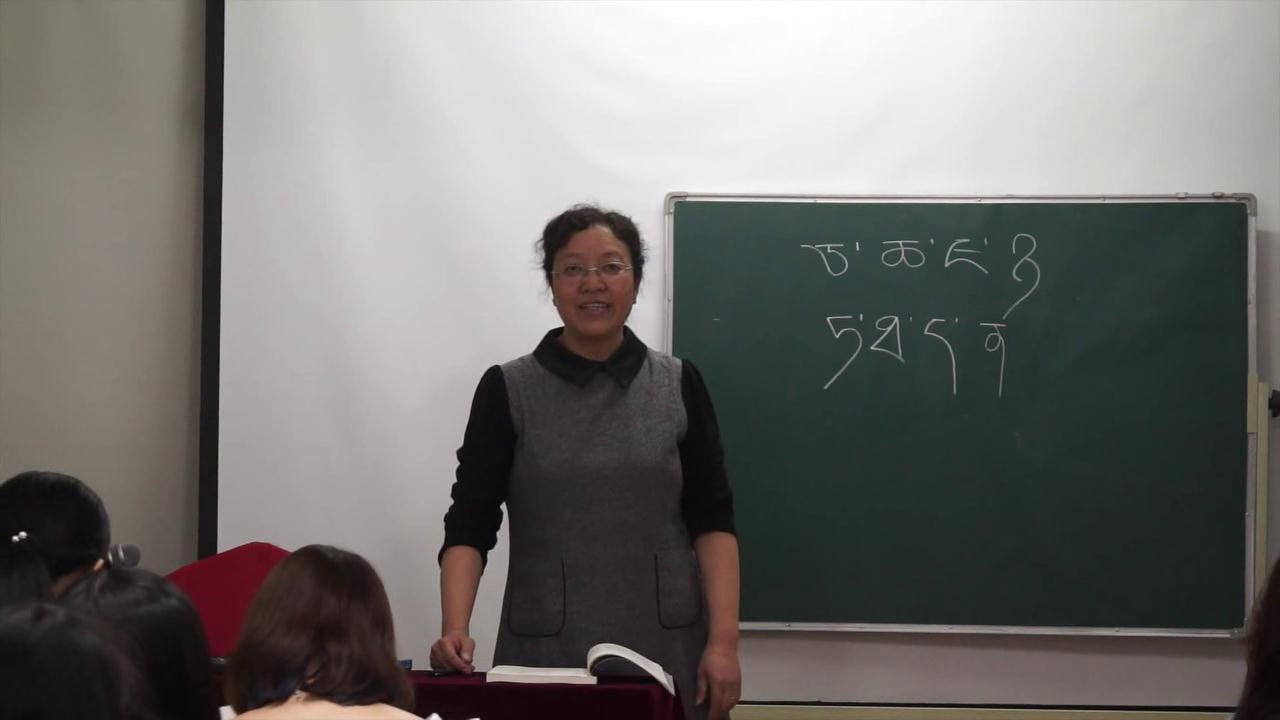
-
Journalists eager to learn Tibetan
“Tibetan has 30 letters in its alphabet, all of which are consonants, and four vowel symbols... Try using saying “I” in the Shaanxi dialect for this word...”
-
-
-

-
Modern science, technology help rejuvenate ancient Tibetan medicine
Tibetan medicine, which is thousands of years old, has been gradually emerging from traditional workshops in recent years, moving towards more scientific, large-scale, and standardized means of production.
-



